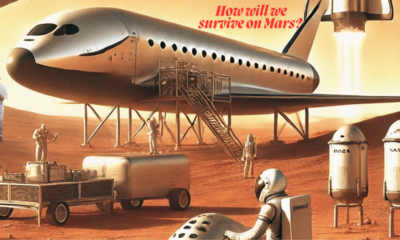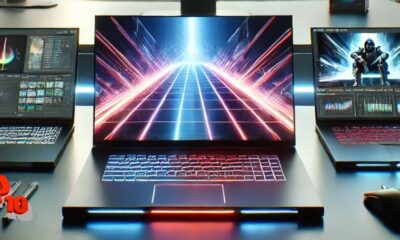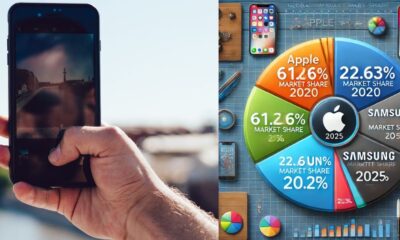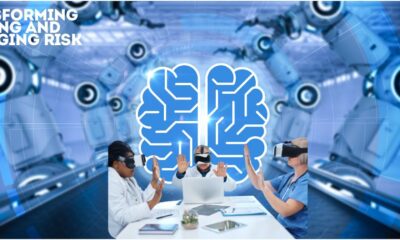Artificial Intelligence
Top 10 AI Innovations in Advertising: Transforming the Industry with Smart Technology
Artificial Intelligence (AI) has become an integral part of the advertising industry, revolutionizing the way brands connect with consumers. From data analysis to creative content generation, AI is reshaping the advertising landscape by making campaigns more efficient, personalized, and impactful. This article explores the top 10 AI innovations in advertising, showcasing how these advancements are transforming the industry and setting new standards for how brands engage with their audiences.
1. Personalized Ad Targeting
One of the most significant innovations AI has brought to advertising is personalized ad targeting. In the past, advertisers relied on broad demographic categories to target audiences, often resulting in wasted ad spend and irrelevant messaging. AI has changed this by enabling hyper-targeted advertising that is tailored to the preferences, behaviors, and needs of individual consumers.
How It Works
AI algorithms analyze vast amounts of data from various sources, including browsing history, social media activity, purchase behavior, and even offline interactions. Machine learning models then segment audiences into highly specific groups based on this data, allowing advertisers to deliver personalized ads that resonate with each user.
For example, an online retailer can use AI to target a user who has previously browsed running shoes with ads for the latest athletic footwear, while showing a different ad to a user who has shown interest in fashion accessories. This level of personalization increases the relevance of ads, leading to higher engagement rates and improved return on investment (ROI) for advertisers.
Benefits
- Increased Engagement: Personalized ads are more likely to capture the attention of consumers because they are relevant to their interests and needs.
- Better ROI: By targeting the right audience with the right message, advertisers can reduce wasteful spending and achieve higher conversion rates.
- Enhanced User Experience: Consumers appreciate ads that are tailored to their preferences, leading to a more positive perception of the brand.
2. Programmatic Advertising
Programmatic advertising is another AI-driven innovation that has transformed the way ads are bought and sold. This approach uses AI and machine learning to automate the process of purchasing digital ads, making it faster, more efficient, and more effective.
How It Works
Programmatic advertising involves the use of AI to automate the buying of ad space in real-time. When a user visits a website, an AI system evaluates their profile and determines whether they are a suitable match for a particular ad. If the match is favorable, the system bids for the ad space in a real-time auction, often completing the entire transaction in milliseconds.
Programmatic platforms leverage data from multiple sources to optimize bidding strategies, ensuring that advertisers get the best possible value for their ad spend. These platforms can also adjust bids dynamically based on factors such as time of day, user location, and device type.
Benefits
- Efficiency: Programmatic advertising automates the buying process, reducing the need for manual negotiations and ensuring ads are served to the right audience at the right time.
- Cost-Effectiveness: By optimizing bids in real-time, programmatic advertising helps advertisers get more value from their budget.
- Scalability: Programmatic platforms can handle large volumes of transactions, making it easy for advertisers to scale their campaigns across multiple channels and devices.
3. AI-Powered Creative Generation
AI is not just revolutionizing the technical aspects of advertising; it is also transforming the creative side. AI-powered tools are now capable of generating ad copy, visuals, and even entire campaigns, reducing the workload for creative teams and enabling faster turnaround times.
How It Works
AI-powered creative tools use natural language processing (NLP) and machine learning to generate ad copy based on input from marketers. These tools can produce multiple versions of an ad, each tailored to different audience segments or channels. Similarly, AI-driven design platforms can create visuals and layouts that are optimized for engagement.
For example, an AI tool might generate several headlines and body text variations for a banner ad, test them in real-time, and automatically select the version that performs best. Some AI platforms even use generative design to create visuals that align with brand guidelines and audience preferences.
Benefits
- Speed: AI can generate creative content quickly, allowing advertisers to respond rapidly to market trends or new opportunities.
- Consistency: AI ensures that creative content remains consistent with brand guidelines, even across large-scale campaigns.
- Data-Driven Creativity: By analyzing past performance data, AI can suggest creative elements that are likely to resonate with the target audience, improving the effectiveness of ads.
4. Chatbots and Conversational Advertising
Chatbots powered by AI are becoming increasingly popular in advertising, offering a new way for brands to engage with consumers. These virtual assistants can interact with users in real-time, providing personalized responses, answering questions, and guiding them through the purchase process.
How It Works
AI chatbots are integrated into websites, social media platforms, and messaging apps to interact with users in a conversational manner. These chatbots use NLP to understand user queries and provide relevant responses. Advanced chatbots can even handle complex interactions, such as booking appointments, processing orders, or providing product recommendations.
For example, a fashion brand might use a chatbot on its website to help users find the right size, suggest outfits based on their preferences, and even complete the checkout process. The chatbot can also collect data on user interactions, which can be used to improve future marketing efforts.
Benefits
- 24/7 Availability: AI chatbots can interact with customers at any time, providing instant support and reducing the need for human intervention.
- Personalized Engagement: Chatbots can tailor their responses based on user data, creating a more personalized and engaging experience.
- Increased Conversion Rates: By guiding users through the purchase process and addressing their concerns in real-time, chatbots can help increase conversion rates and reduce cart abandonment.
5. Sentiment Analysis
Understanding how consumers feel about a brand, product, or campaign is crucial for effective advertising. AI-driven sentiment analysis tools allow advertisers to gauge public opinion by analyzing social media posts, reviews, and other user-generated content.
How It Works
Sentiment analysis uses AI and NLP to process large volumes of text data from social media, forums, blogs, and customer reviews. The AI system classifies the sentiment expressed in the text as positive, negative, or neutral. It can also identify specific emotions, such as happiness, anger, or frustration.
For example, a brand might use sentiment analysis to monitor the public’s reaction to a new product launch. If the analysis reveals a significant amount of negative sentiment, the brand can quickly address the concerns or adjust its messaging. Conversely, positive sentiment can be leveraged to amplify the campaign’s success.
Benefits
- Real-Time Insights: AI-driven sentiment analysis provides real-time feedback on how consumers perceive a brand or campaign, allowing for quick adjustments.
- Enhanced Customer Understanding: By analyzing sentiment, advertisers can gain deeper insights into customer preferences and pain points, enabling more effective targeting.
- Crisis Management: Early detection of negative sentiment allows brands to respond proactively to potential PR crises, mitigating damage to their reputation.
6. Predictive Analytics
Predictive analytics is a powerful AI tool that allows advertisers to forecast future trends, customer behaviors, and campaign outcomes. By analyzing historical data, AI can identify patterns and predict what actions consumers are likely to take next.
How It Works
Predictive analytics involves the use of machine learning algorithms to analyze large datasets, such as past purchase history, website interactions, and demographic information. The AI system identifies patterns in the data and uses these insights to predict future behaviors, such as the likelihood of a user clicking on an ad, making a purchase, or unsubscribing from a service.
For example, an e-commerce company might use predictive analytics to identify customers who are likely to make a repeat purchase and target them with personalized offers. Similarly, a subscription-based service could use predictive models to identify users at risk of canceling and offer them incentives to stay.
Benefits
- Informed Decision-Making: Predictive analytics provides advertisers with data-driven insights that help them make more informed decisions about targeting, budgeting, and creative strategies.
- Improved ROI: By predicting which customers are most likely to convert, advertisers can allocate resources more effectively, maximizing their ROI.
- Proactive Marketing: Predictive models allow brands to anticipate customer needs and behaviors, enabling them to engage with consumers before competitors do.
7. Dynamic Creative Optimization (DCO)
Dynamic Creative Optimization (DCO) is an AI-driven approach to ad creation that allows for real-time customization of ads based on user data. This innovation enables advertisers to deliver highly relevant and personalized ads to each user, improving engagement and conversion rates.
How It Works
DCO platforms use AI to automatically generate and serve personalized ad variations based on user data, such as location, browsing behavior, and purchase history. The system dynamically assembles different creative elements, such as images, headlines, and calls to action, to create the most relevant ad for each user.
For instance, a travel company might use DCO to show different ads to users based on their location. A user in New York might see an ad for a weekend getaway in the Catskills, while a user in Miami might see an ad for a beach vacation in the Florida Keys. The ads are tailored in real-time, ensuring that they are always relevant to the user’s current context.
Benefits
- Relevance: DCO ensures that ads are always relevant to the user, increasing the likelihood of engagement and conversion.
- Efficiency: By automating the creative process, DCO reduces the time and effort required to produce multiple ad variations.
- Performance Optimization: DCO platforms continuously test and optimize ad variations, selecting the best-performing elements to maximize campaign effectiveness.
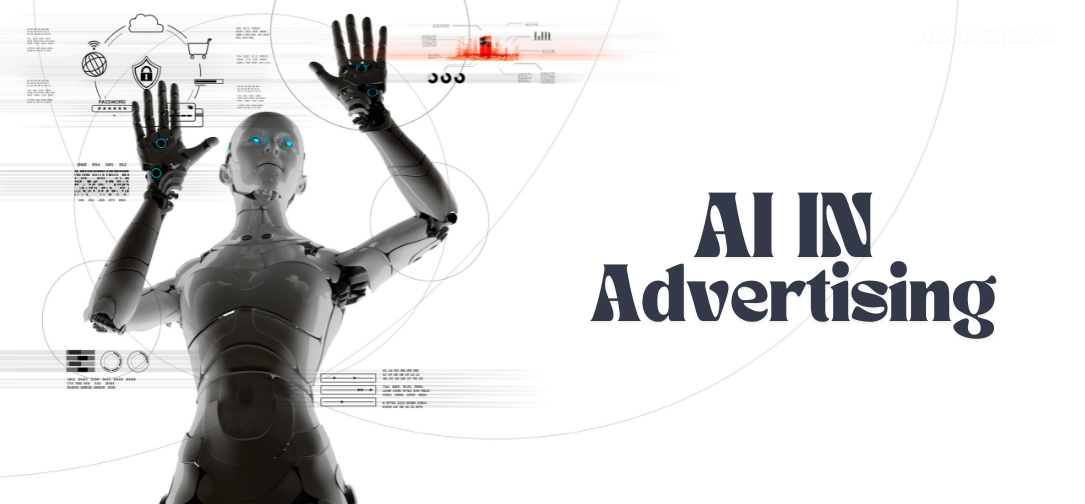
8. Voice Search Optimization
With the rise of voice-activated devices like Amazon Alexa, Google Assistant, and Apple’s Siri, voice search has become an increasingly important channel for advertisers. AI is enabling brands to optimize their content and ads for voice search, ensuring they stay relevant in this growing market.
How It Works
Voice search optimization involves tailoring content and ads to match the way people speak, rather than how they type. AI tools analyze voice search queries to identify common phrases, questions, and language patterns. Advertisers can then create content that aligns with these patterns, increasing the likelihood that their ads will be served in response to voice searches.
For example, a restaurant might optimize its content for voice search by focusing on natural language queries like “What’s the best pizza place near me?” rather than traditional keywords like “best pizza.” Similarly, brands can create voice-activated ads that engage users through their smart speakers, offering promotions or providing information in response to specific queries.
Benefits
- Increased Reach: Voice search optimization allows brands to tap into a growing segment of users who prefer voice interactions over traditional text-based searches.
- Enhanced User Experience: By optimizing for natural language, brands can provide more relevant and user-friendly content, improving the overall customer experience.
- Competitive Advantage: Early adoption of voice search optimization can give brands a competitive edge in a rapidly evolving market.
9. AI-Driven Social Media Advertising
Social media platforms are a critical component of any modern advertising strategy, and AI is playing a key role in optimizing social media campaigns. From audience targeting to content creation, AI-driven tools are helping brands maximize their impact on platforms like Facebook, Instagram, Twitter, and LinkedIn.
How It Works
AI-driven social media advertising involves the use of machine learning algorithms to analyze user data and optimize ad campaigns in real time. These tools can identify the best times to post, the most effective types of content, and the optimal audience segments to target. AI also helps brands create and schedule posts, manage ad budgets, and measure campaign performance.
For example, a fashion brand might use AI to identify which types of content (e.g., product photos, videos, influencer collaborations) perform best with different audience segments. The AI system can then automatically adjust the brand’s social media strategy to focus on the most effective content and targeting methods.
Benefits
- Precision Targeting: AI allows brands to target social media users with incredible precision, ensuring that ads are seen by the most relevant audiences.
- Content Optimization: AI-driven tools help brands create and promote content that resonates with their audience, increasing engagement and shares.
- Efficient Budget Management: By continuously optimizing ad spend based on performance, AI ensures that social media budgets are used as efficiently as possible.
10. Augmented Reality (AR) and Virtual Reality (VR) Advertising
Augmented Reality (AR) and Virtual Reality (VR) are emerging technologies that offer new and immersive ways for brands to engage with consumers. AI is playing a crucial role in the development and deployment of AR and VR advertising, enabling interactive experiences that go beyond traditional ads.
How It Works
AI enhances AR and VR advertising by enabling more realistic and personalized experiences. In AR, AI can be used to overlay digital content onto the real world, allowing users to interact with products in a virtual environment. For example, a cosmetics brand might offer an AR app that lets users virtually try on makeup before making a purchase.
In VR, AI is used to create fully immersive environments where users can experience a brand’s products or services. For example, a car manufacturer might create a VR experience that allows users to take a virtual test drive of a new model, complete with realistic sound and visual effects.
Benefits
- Immersive Experiences: AR and VR ads offer a level of interactivity and immersion that is unmatched by traditional advertising methods.
- Personalization: AI allows AR and VR experiences to be tailored to the individual user, making the experience more relevant and engaging.
- Memorability: Immersive AR and VR experiences are more likely to leave a lasting impression on consumers, increasing brand recall and loyalty.
Conclusion
Artificial Intelligence is revolutionizing the advertising industry, bringing unprecedented levels of efficiency, personalization, and creativity to campaigns. From personalized ad targeting and programmatic advertising to AI-powered creative generation and AR/VR experiences, these innovations are transforming the way brands connect with consumers.
As AI technology continues to evolve, we can expect even more sophisticated tools and strategies to emerge, further blurring the lines between art and science in advertising. Brands that embrace these AI-driven innovations will be better positioned to engage with their audiences, drive conversions, and stay ahead in an increasingly competitive landscape.
The future of advertising is smart, personalized, and immersive, and AI is lighting the way forward. By understanding and leveraging the top AI innovations in advertising, brands can create campaigns that are not only effective but also deeply resonant with the ever-changing needs and desires of their audiences.
-

 Press Release7 days ago
Press Release7 days agoCrypto WINNAZ Launches First On-Chain Yield Engine for Meme Coins, Enabling 20x–300x Returns
-
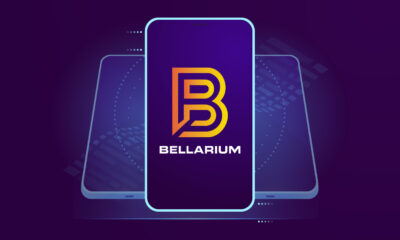
 Press Release4 days ago
Press Release4 days agoBellarium ($BEL) Price Prediction: Could It Hit $5 by 2026?
-
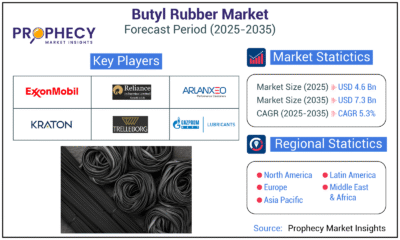
 Press Release1 day ago
Press Release1 day agoClinical Trials Market Set for Robust Growth, Driven by Drug Development Surge and Digital Innovation
-

 Business3 days ago
Business3 days agoHow Managed IT Solutions Help Small Teams Compete at Enterprise Scale
-
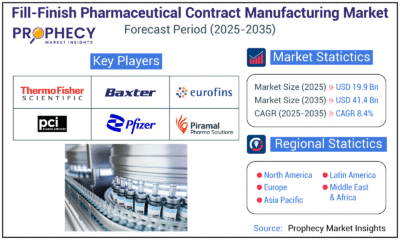
 Press Release2 days ago
Press Release2 days agoFill-Finish Pharmaceutical Contract Manufacturing Market Expected to Flourish Amid Biopharmaceutical Boom and Global Outsourcing Trend by 2035
-
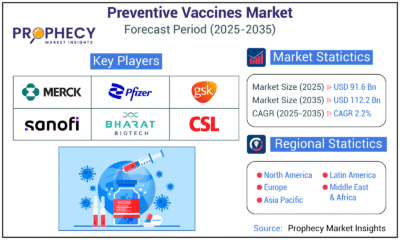
 Press Release2 days ago
Press Release2 days agoPreventive Vaccines Market to Witness Strong Growth by 2035
-
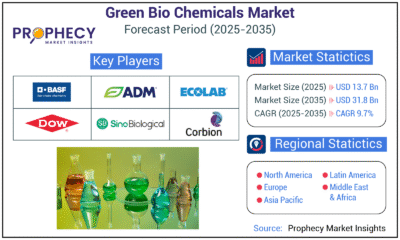
 Press Release2 days ago
Press Release2 days agoGreen Bio Chemicals Market Poised for Sustainable Growth amidst Global Shift to Eco-Friendly Alternatives by 2035
-
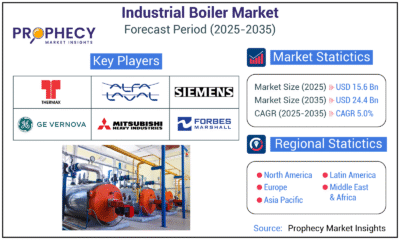
 Press Release2 days ago
Press Release2 days agoIndustrial Boiler Market Expected to Surpass USD 24.4 Billion by 2035 Amid Growing Demand for Energy Efficiency and Industrialization






